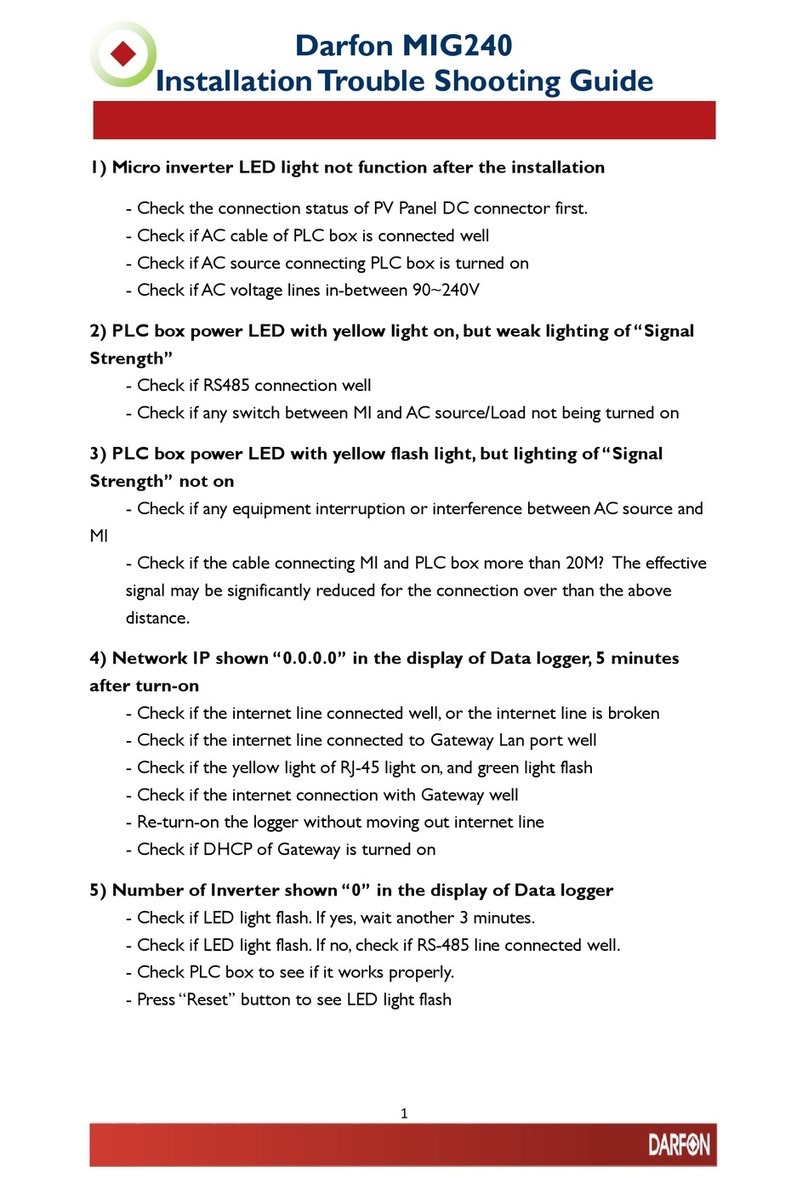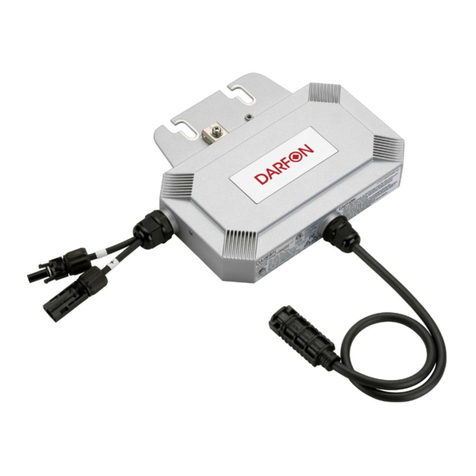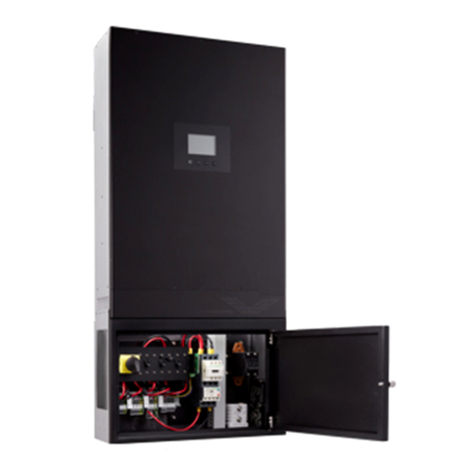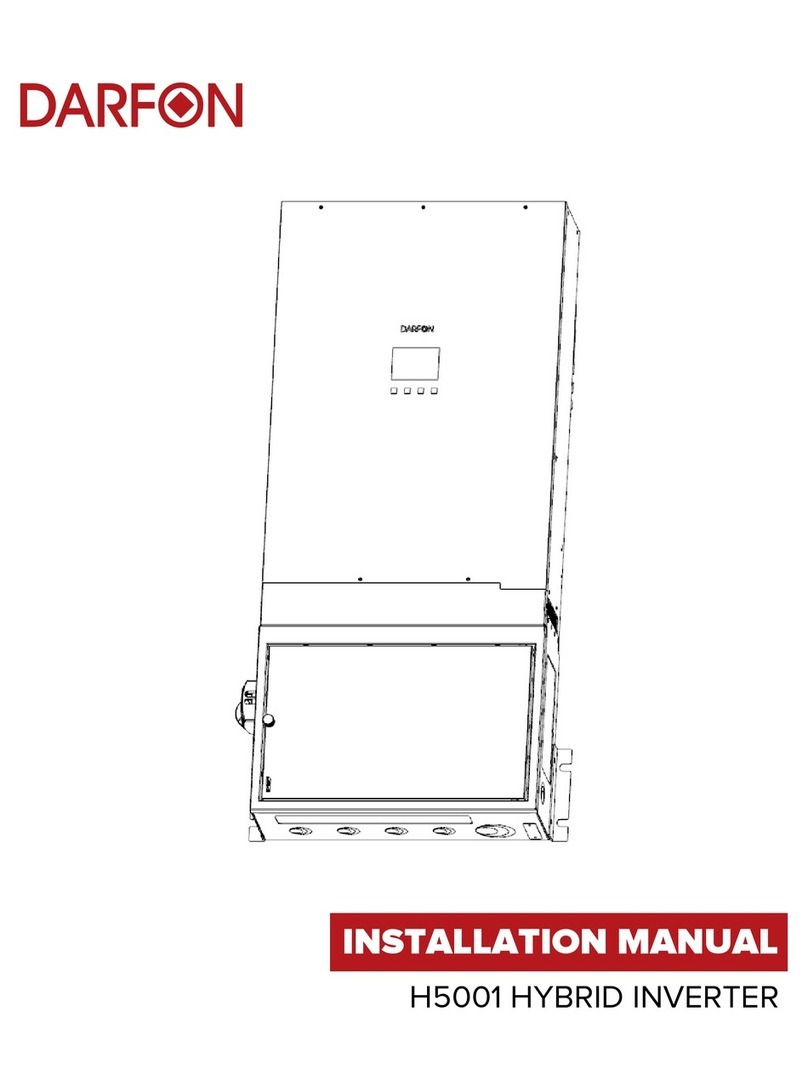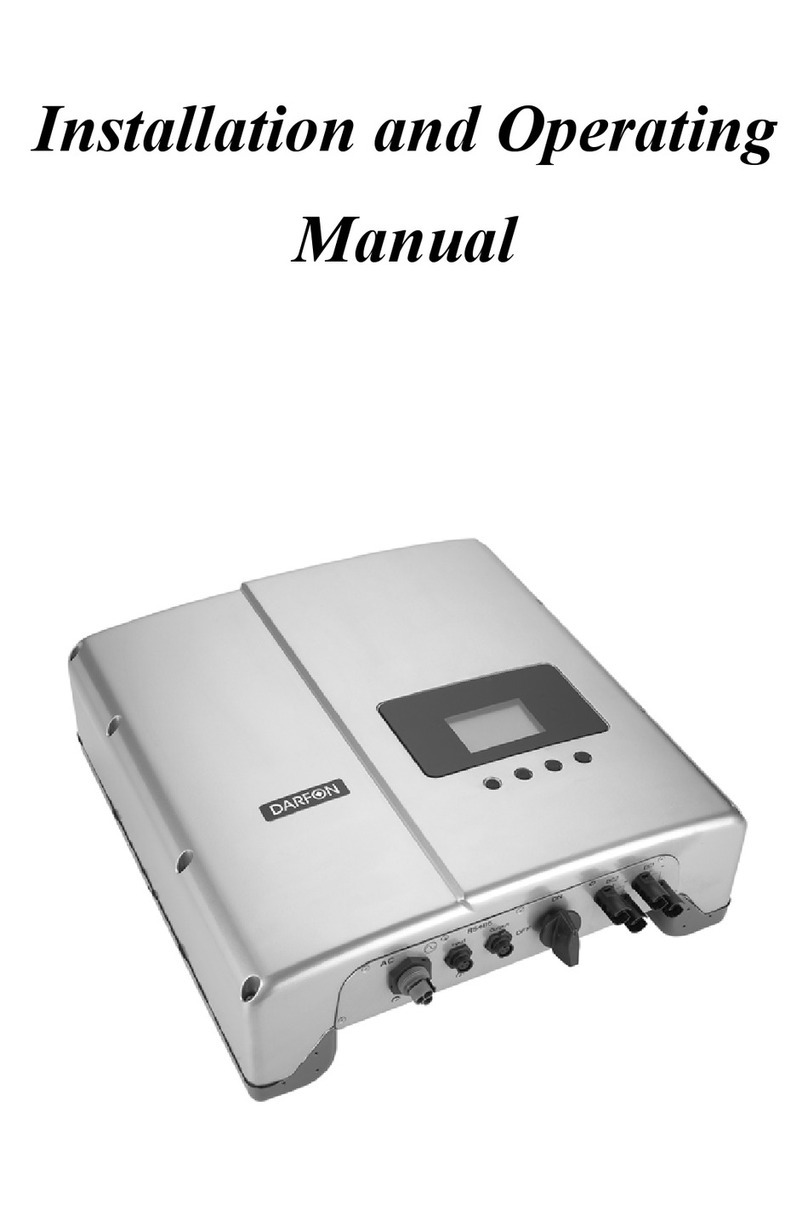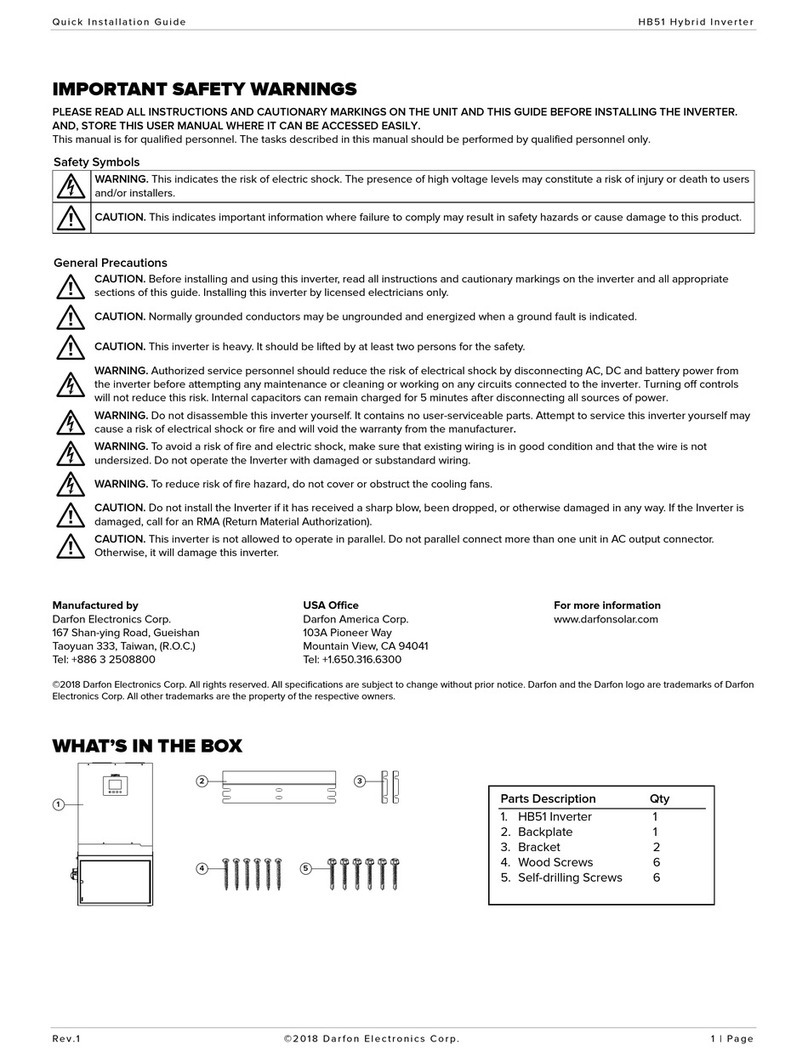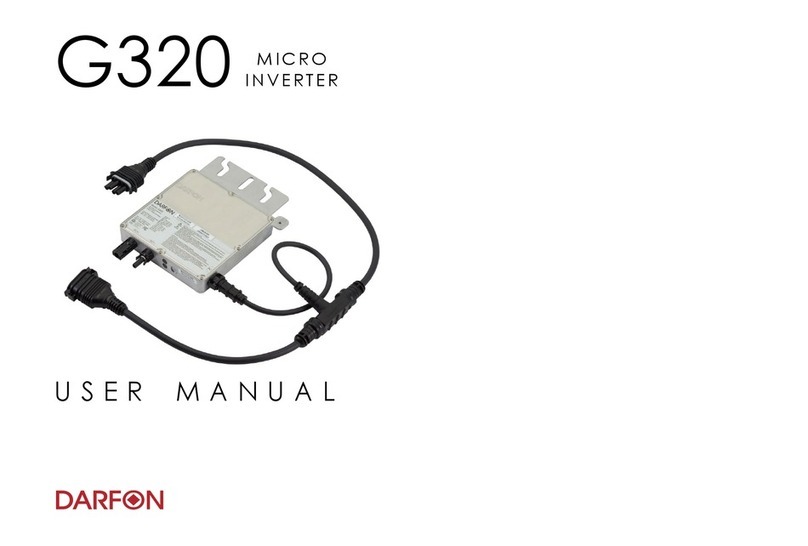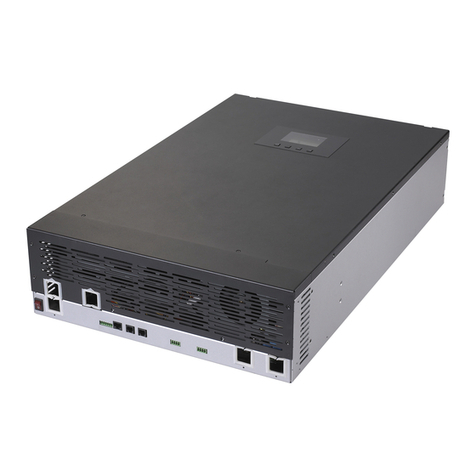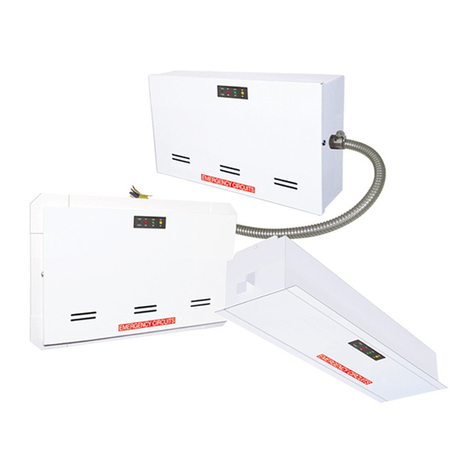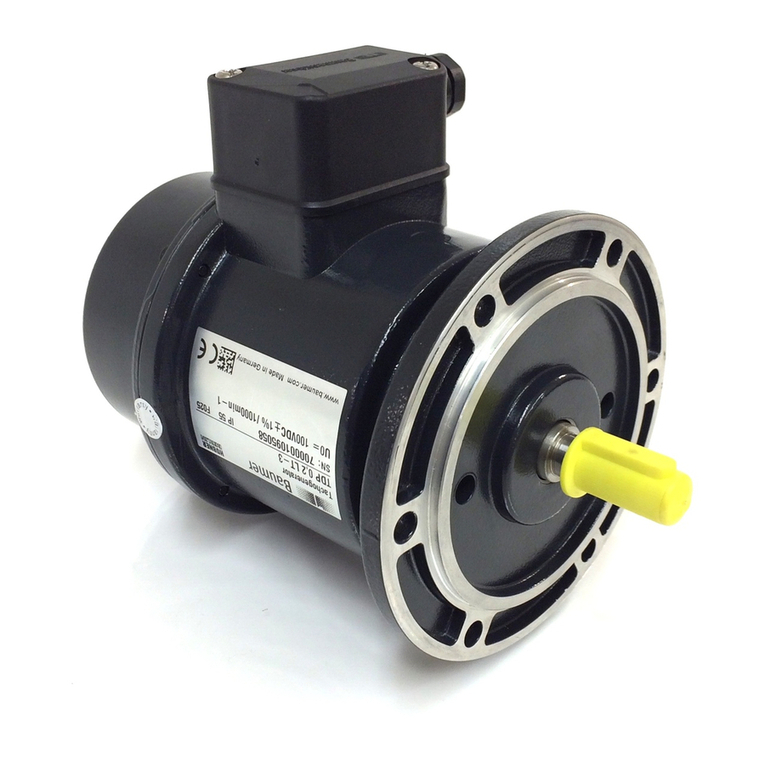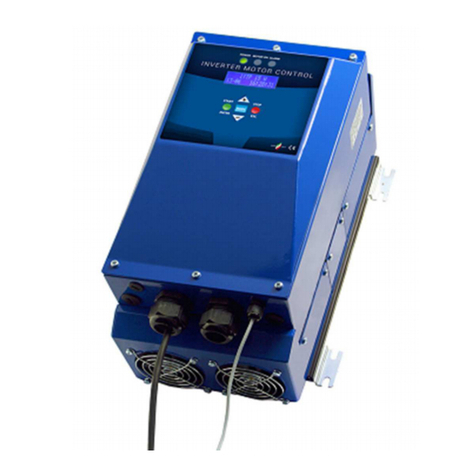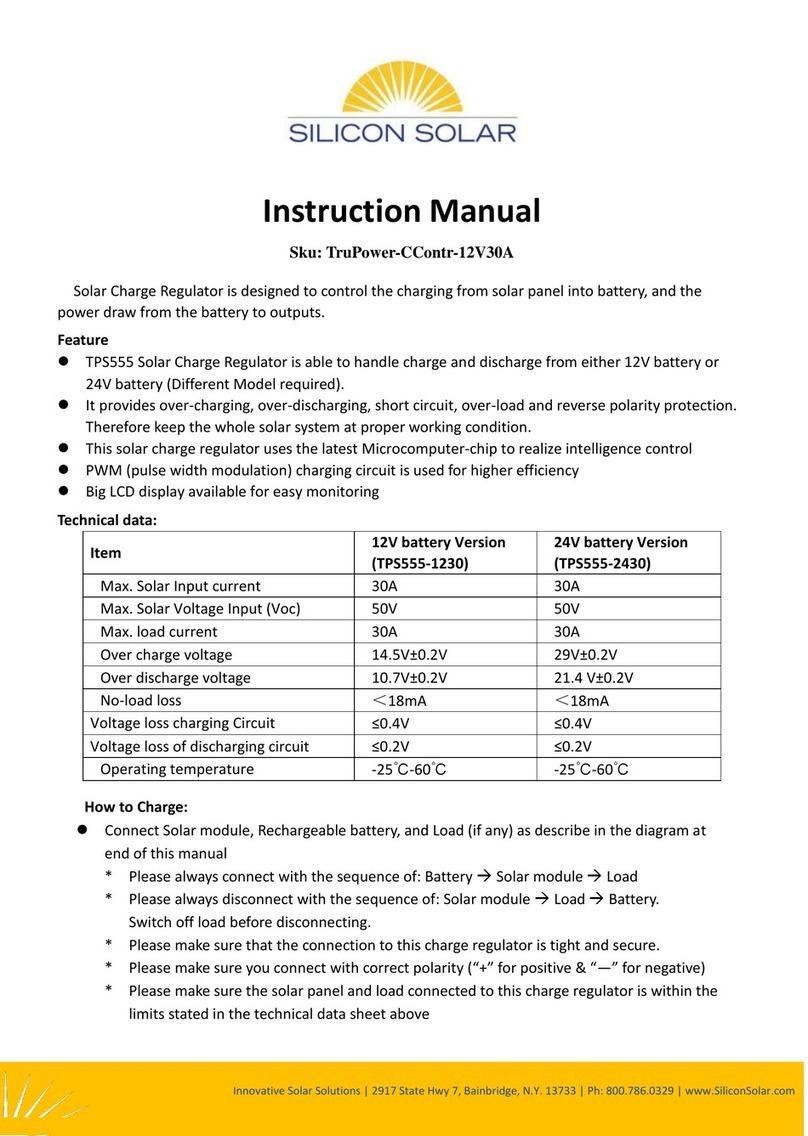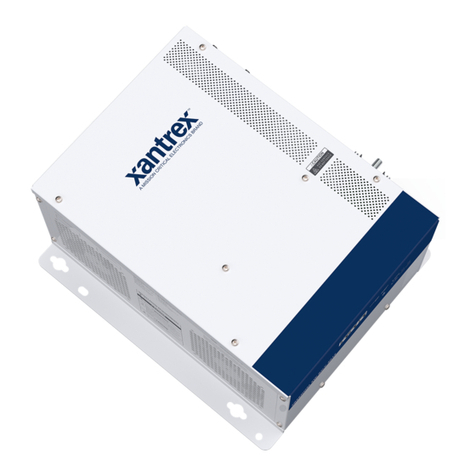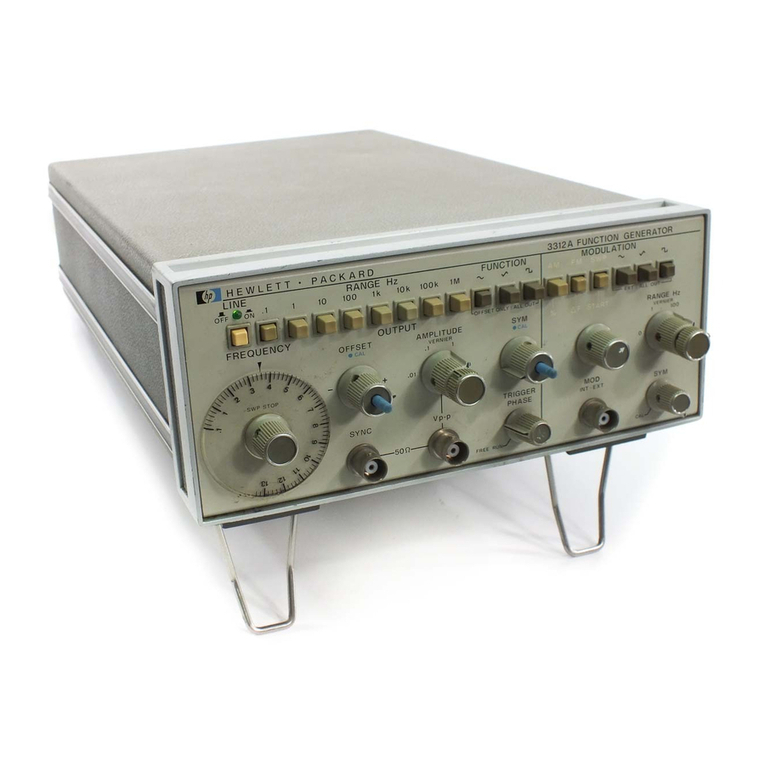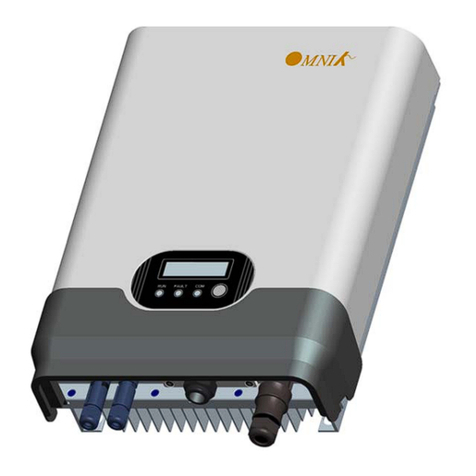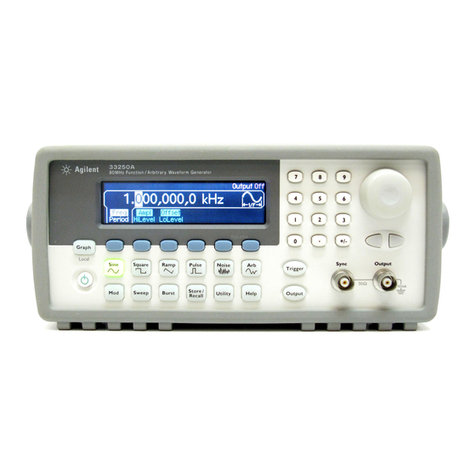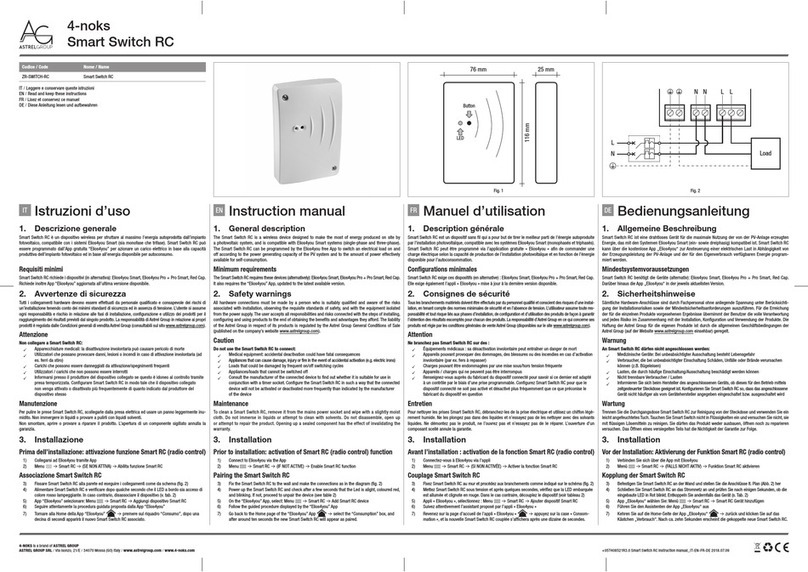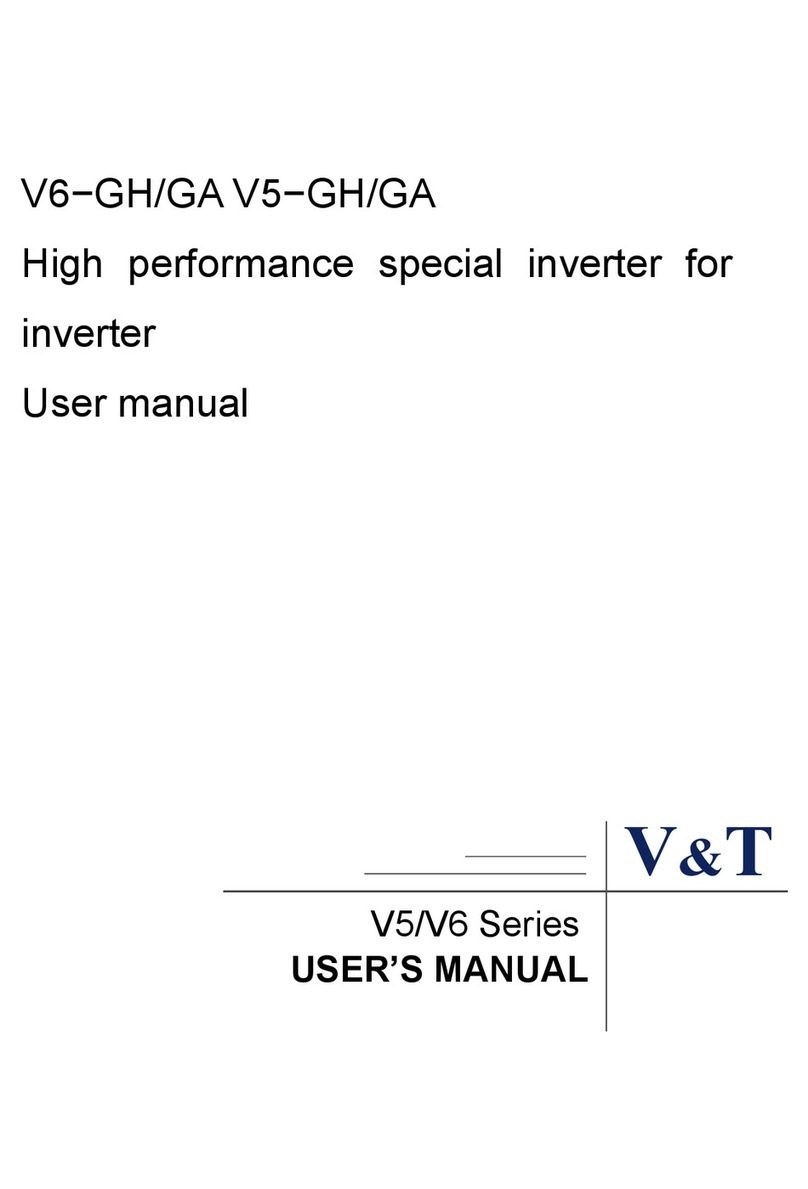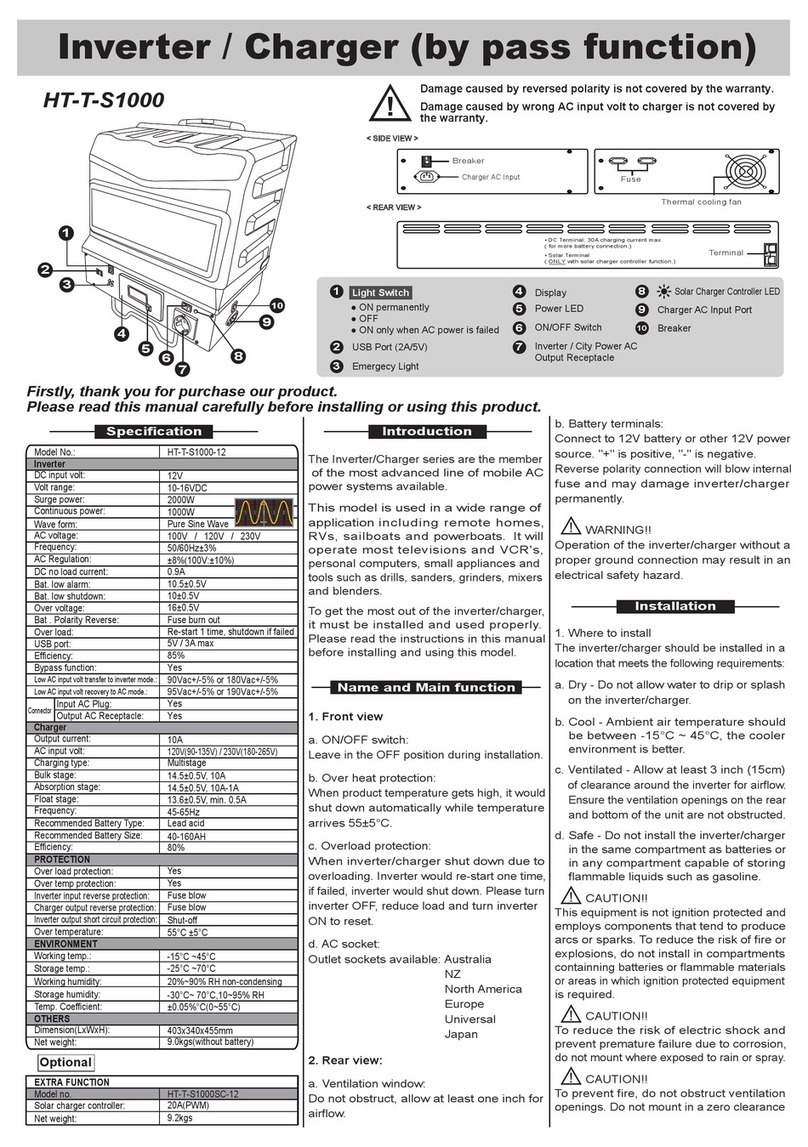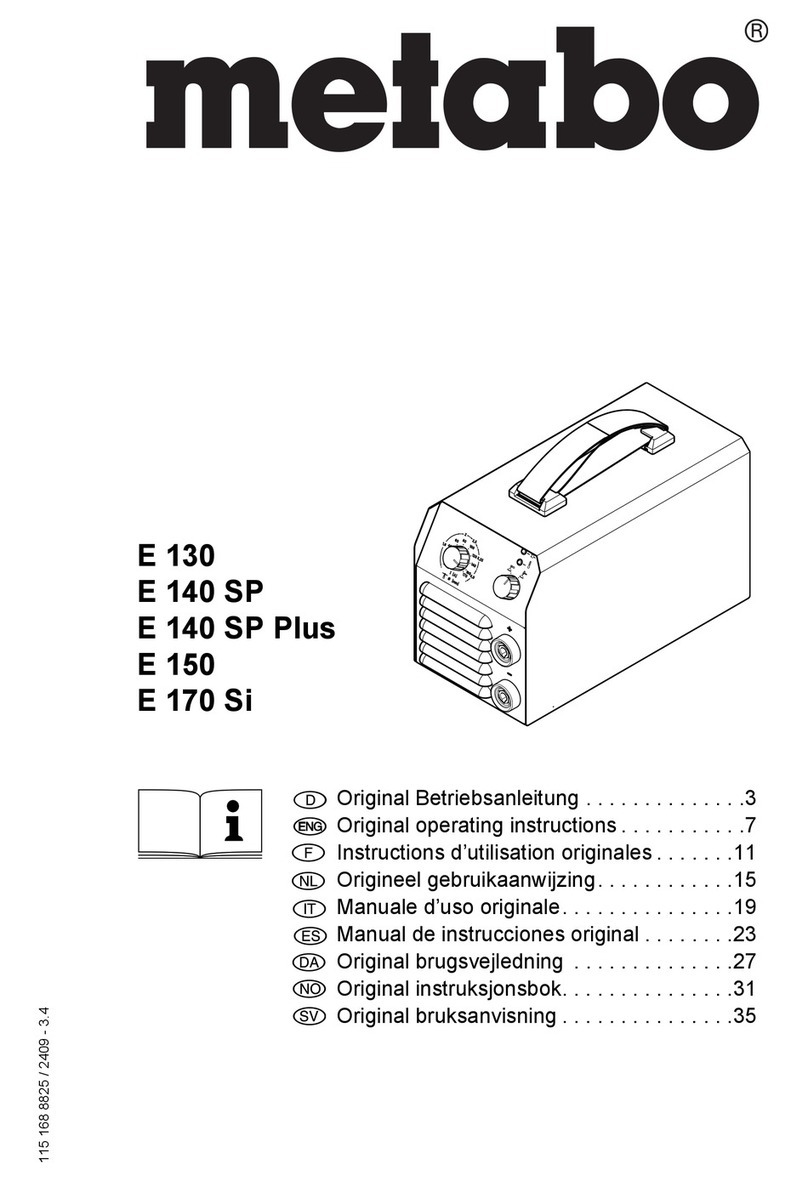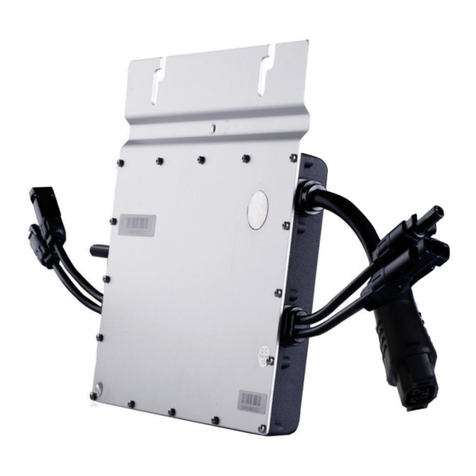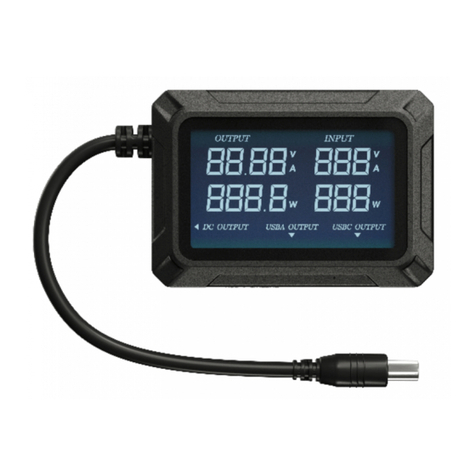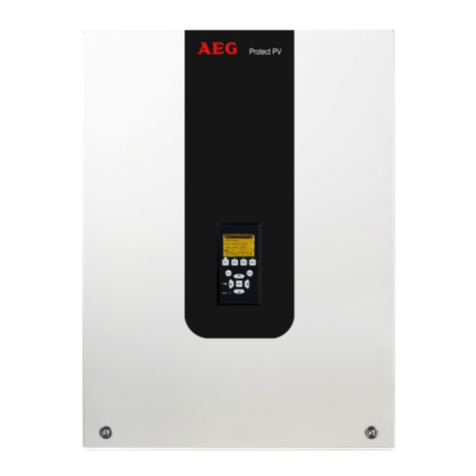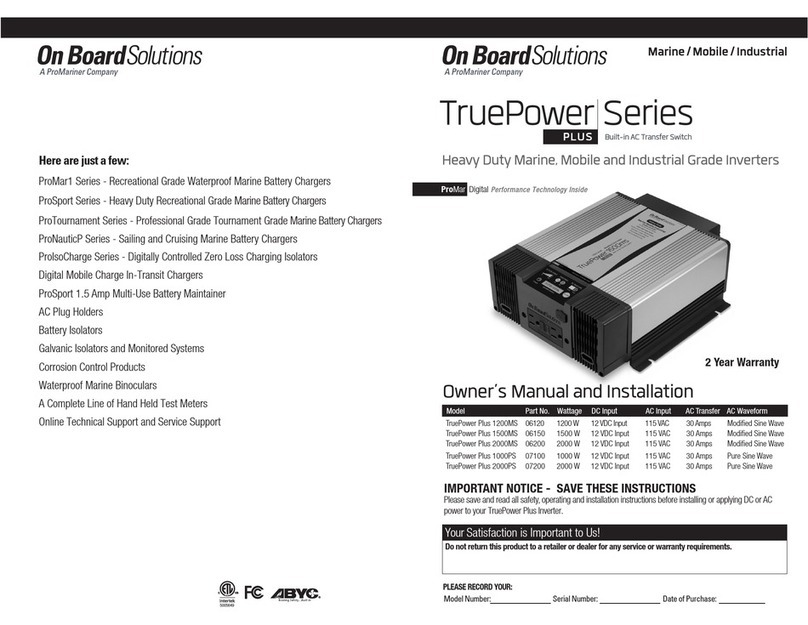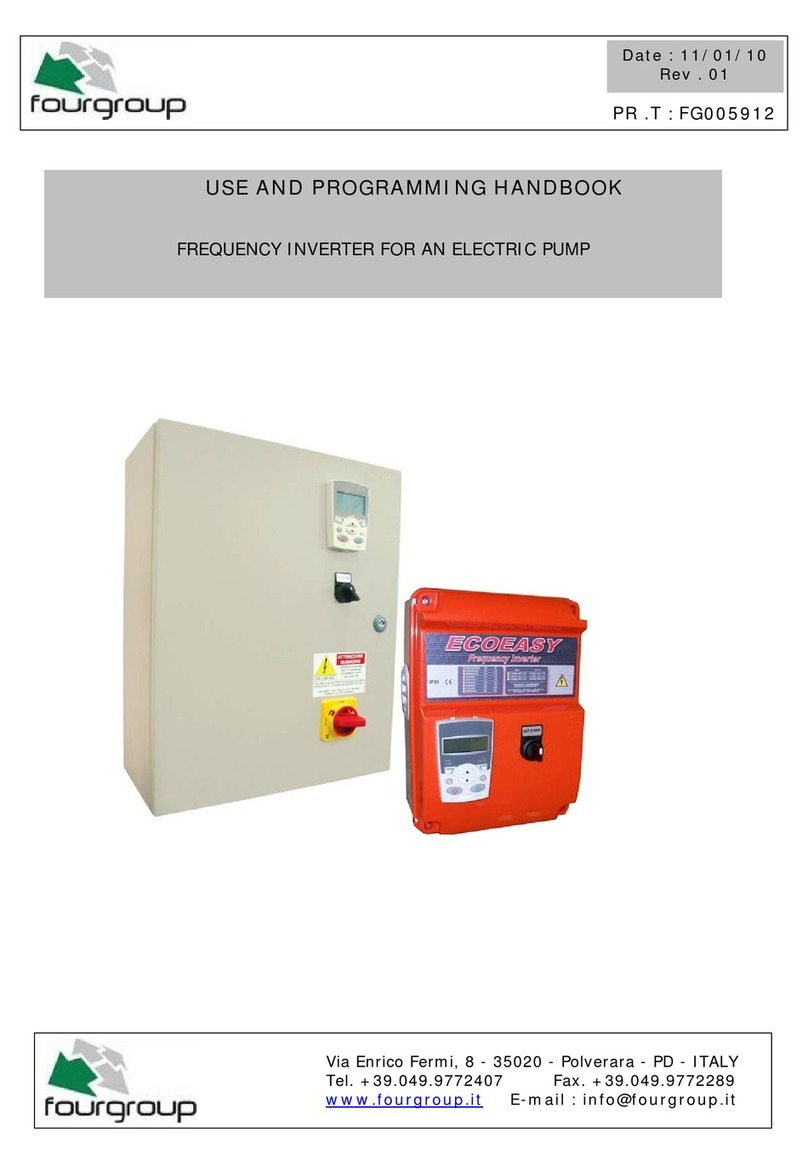G640 Micro Inverter User Manual
G640 UM draft v1 20180928 © 2018 Darfon Electronics Corp. p. 2 / 19
TABLE OF CONTENTS
IMPORTANT SAFETY INSTRUCTIONS ...................................................................... 3
SAFETY INSTRUCTIONS .................................................................................................3
SURGE SUPPRESSION ...................................................................................................3
FCC COMPLIANCE ......................................................................................................4
OTHER INFORMATION..................................................................................................4
PRE-INSTALLATION ................................................................................................ 5
THE MICRO INVERTER .................................................................................................5
PV SYSTEM LAYOU T ....................................................................................................5
PARTS AND TOOLS.......................................................................................................5
COMPATIBILITY AND CAPACITY .......................................................................................5
AC TRUNK CABLE .......................................................................................................6
GROUNDING OPTIONS ................................................................................................. 6
MICRO INVERTER LAYOU T ............................................................................................7
SURGE PROTECTION ....................................................................................................7
INSTALLING THE MICRO INVERTER......................................................................... 8
INSTALLING ONTO A PV RACKING SYSTEM ........................................................................8
POST-INSTALLATION ............................................................................................ 10
COMMISSIONING AND OPERATING ...............................................................................10
GFDI FAULT ............................................................................................................10
DISCONNECTING A MICRO INVERTER.............................................................................10
MONITORING SYSTEM......................................................................................... 11
PLC BOX OVERVIEW .................................................................................................11
DATA LOGGER OVERVIEW ...........................................................................................11
INSTALLING THE PLC BOX AND DATA LOGGER .................................................................12
REGISTERING THE PV SYSTEM .......................................... ERROR!BOOKMARK NOT DEFINED.
TROUBLESHOOTING ............................................................................................ 14
TROUBLESHOOTING THE MICRO INVERTER .....................................................................14
TROUBLESHOOTING THE PLC BOX ................................................................................14
TROUBLESHOOTING THE DATA LOGGER..........................................................................15
EQUIPMENT AND PARTS..................................... ERROR! BOOKMARK NOT DEFINED.
TECHNICAL SPECIFICATIONS ................................................................................ 16
MICRO INVERTER......................................................................................................16
PLC BOX ................................................................................................................16
DATA LOGGER ..........................................................................................................16
SAMPLE WIRING.................................................................................................. 17
240V 1Φ...............................................................................................................17
INSTALLATION MAP TEMPLATE .......................................................................... 181
NOTES ............................................................................................................... 192
